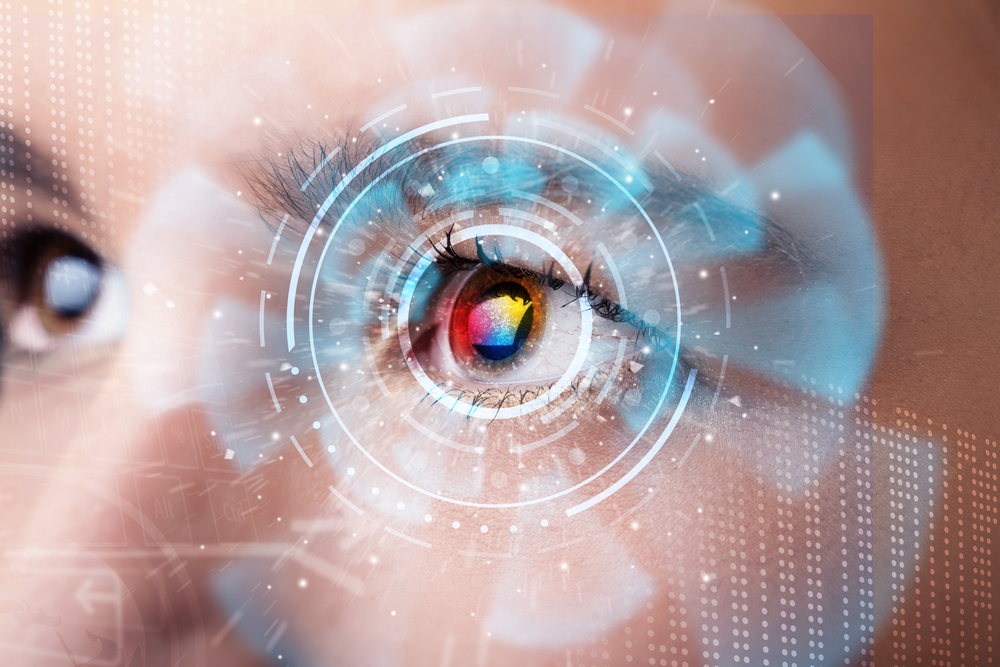A lot of us are suddenly working from home, but few are taking enough safety precautions. Remember, cybercriminals may take advantage of these circumstances to attempt to infiltrate organizations.
Read More >Enhancing Security for Remote Workers
Selecting a Managed Detection and Response Service
In the era of digital transformation, many organizations find it a never-ending struggle to defend against rampant cybercrime. Preventative security is no match for today’s threat actors, yet the advanced cybersecurity capabilities that organizations need are beyond the level of maturity that small-to-midsize enterprises (SMEs) possess.
At the same time, the expanding attack surface makes the IT environment increasingly vulnerable. Identifying and managing vulnerabilities has become exponentially more complex with more devices joining the corporate network, a mobile workforce connecting to the network from anywhere, and applications moving to the cloud.
Given the limited in-house resources, the cybersecurity skills gap, and the rapidly growing number and sophistication of threats, it doesn’t surprise anyone that security teams can’t keep up.
In this kind of reality, a data breach or network outage is all but inevitable. And the result is not only loss of productivity and revenue but also potential liability, regulatory noncompliance, and reputational damage. The ripple effects of these consequences can last for years.
Organizations are starting to recognize the inherent challenges that come with the lack of advanced technology and professional experts on staff. The question then becomes: What is the answer to the dilemma they face?
Read More >Why every SMB needs Managed Detection and Response (MDR)
In this article you’ll learn the basics about a type of cybersecurity strategy that hackers despise and that has grown by 200% in just the last 2 years.
Read More >The Makings of Cybersecurity Culture
Organizations that have a strong cybersecurity posture are not only leveraging technology but also investing heavily in changing behavior — moving away from fear-based tactics to those of healthy paranoia, where communication and repetition work in favor of building cybersecurity habits.
Read More >Email Security Best Practices
While alternate forms of communication such as Microsoft Teams, Skype for Business, Slack, and other options, grow in popularity, email remains and will not disappear for any organization, and cybercriminals know this. In fact, most cyber-attacks start over email—a user is tricked into opening a malicious attachment, or into clicking a malicious link and divulging credentials.
Read More >Tips from your Peers: Launching a new product in 2020 (Manufacturing)
With the first quarter of 2020 almost halfway done, growth strategies for the new year are well underway. For a manufacturer, this might mean launching new products or expanding to new markets. Either of those two strategies requires significant investment in time and money.
Read More >Four Pillars of Building a Cybersecurity Culture
If someone asked you, “what’s it like to work at [your company]?”, what would you reply? I suppose it depends on your role, how long you’ve worked there and the impression you want to relay, but it’s safe to assume that some aspect of your answer would include elements of culture.
“Culture” can seem like a fuzzy concept, but it’s definition does help pin to unpack it.
“Culture is the total way of life of particular groups of people. It includes everything that a group of people thinks, says, does and makes — its systems, attitudes and feelings. Culture is learned and transmitted from generation to generation.”
In this post we’re talking about an important subset of corporate culture; we’re analyzing and providing tips on how to shape “attitudes” and “behaviors” towards cybersecurity.
Read More >The Business Impact of Cybersecurity Culture (Infographic)
We know that in today’s digital workplace, flexibility is essential to retain our best employees, but this flexibility comes at a cost. Employees have more access to customer data and proprietary information from a variety of applications and devices that can also be entry points for malicious attacks. What are you doing to protect against these internal threats?
Read More >Which Cyber Security KPIs Should Matter to a CEO?
You know how business is doing at any given time. You got sales reports from last month and quarter, profit and loss statements by division and you probably track financial and operational ratios, too.
Key performance indicators (KPIs) help you make informed decisions, they drive you and your management team to take action, and they ultimately tell the story of your company's performance.
Read More >Subscribe to get expert tips & advice to transform your business through technology:
Popular Articles
Post By Topics
- Announcement (1)
- Apple (1)
- automation (1)
- Business Continuity (1)
- Business Transformation (7)
- case study (2)
- CEO Digest (19)
- CFO (1)
- Cloud (2)
- Cloud Computing (1)
- Co-Managed IT (8)
- Cyber Security Tips (14)
- Digital Transformation (13)
- Education (3)
- Finance (3)
- Fireside Chat (1)
- Hackers (1)
- Infographic (2)
- Innovation (1)
- Interview (1)
- IT Consultancy (4)
- IT Effectiveness (2)
- IT Investment (3)
- IT Projects (2)
- IT Strategy (10)
- IT Support (2)
- IT Support Connecticut (1)
- IT Tips (5)
- ITSupport (2)
- Managed IT Services (5)
- Managed Service Providers (2)
- Manufacturing (2)
- Mobile Security (1)
- Mobile World (1)
- New Services (2)
- NSI (2)
- NSI TotalCare (2)
- Remote Work (1)
- Sales & Marketing Tip (1)
- Security (3)
- Security Features (2)
- Small Business (3)
- Smart Phone (2)
- Smartphone Security (1)
- SMB (5)
- vcio (2)
- Virus (1)














